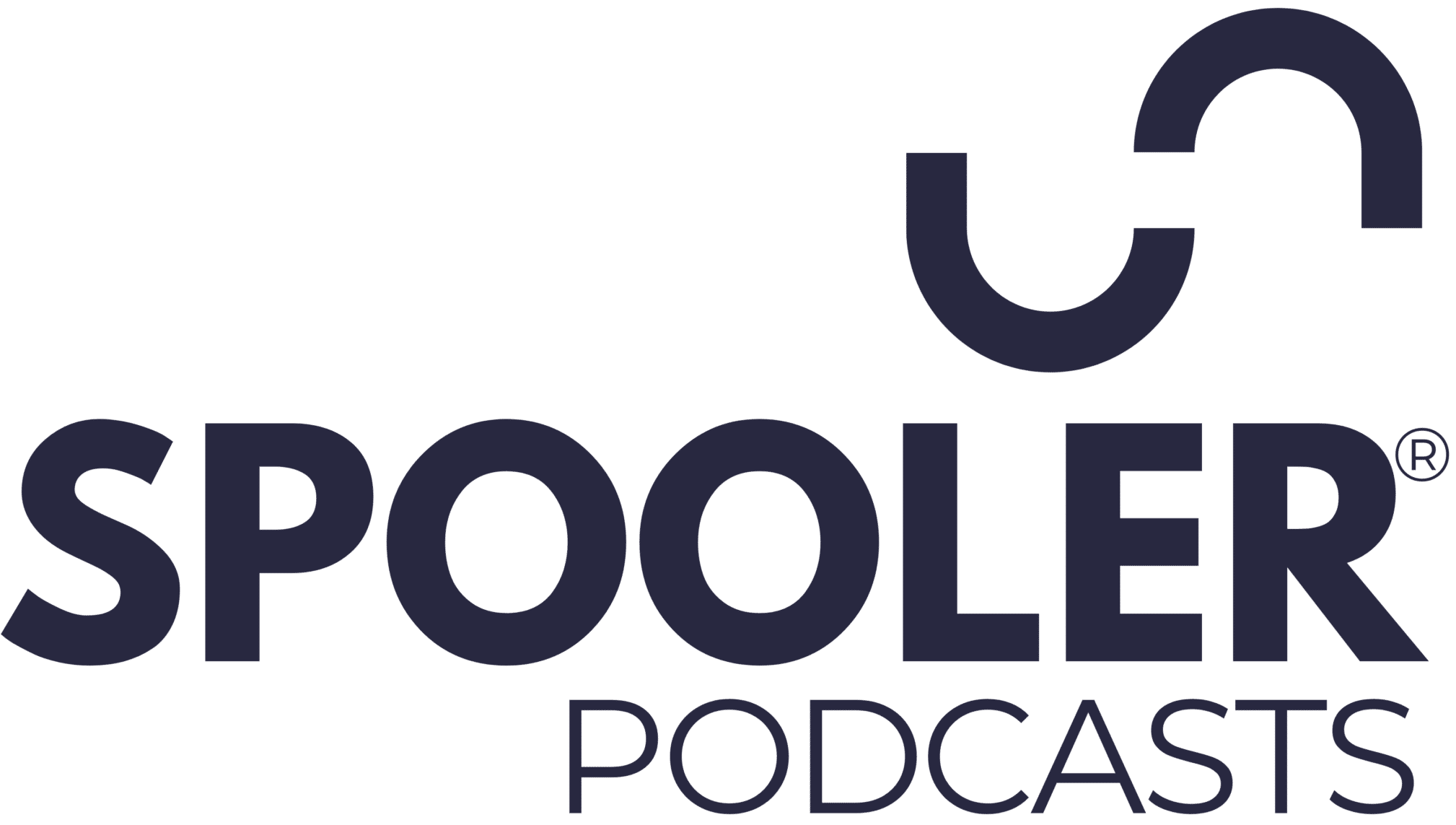
In recent years, we’ve all observed a growing focus on enhancing the employee experience within organizations worldwide. The COVID-19 pandemic prompted companies to explore innovative ways to engage employees while extending this experience to the remote work environment. However, just as these efforts gained momentum, the “Great Resignation” phenomenon emerged, intensifying the need for employers to comprehend and fulfill employee desires more effectively.
Often, there exists a gap between what employers believe their employees want and what employees genuinely desire. In a previous survey we conducted, only 25% of non-executive employees described their organization’s experience as “excellent.”
Several factors influence how employees perceive their overall experience, but two critical areas stand out:
- Internal Communications: The role and effectiveness of internal communications play a pivotal role in facilitating information flow within an organization. This includes communication between offices, departments, and individuals. When it comes to the employee experience, internal communications should aim to establish and convey shared goals, values, and reinforce the organizational culture. It assists employees in comprehending the broader organization and their role within it.
Depending on the company and circumstances, internal communications can take various forms, such as verbal communication, intranet, email, video, or other methods. Additionally, many companies are now offering audio-based communication options, either as purpose-built audio content or by converting existing videos into audio format.
Why Consider Audio for Internal Communications?
While video has proven its worth in internal communications, introducing audio as an alternative format offers another layer of flexibility that many employees would appreciate. Audio can be a versatile option for various types of communications, including company news, internal reports, product updates, onboarding materials, and training content.
The appeal of audio lies in its alignment with consumer habits. With radio and audio content reaching a substantial percentage of the population, offering audio options can cater to diverse employee preferences. Moreover, audio serves practical purposes:
Reduces Screen Time: Given the extensive screen time that adults now devote to digital devices, audio provides a welcome respite and alleviates digital eye strain. This is especially valuable for employees dealing with lengthy reports or presentations and those in remote or hybrid work arrangements.
Enables Multitasking: Not all content demands full attention, and audio allows employees to multitask efficiently. Whether it’s repetitive tasks, physical work, or long commutes, audio content empowers employees to maximize their time.
Enhances Accessibility: Audio accommodates various learning styles and benefits visually impaired employees and those with neurodivergent conditions like dyslexia or ADHD, offering an alternative to consuming written content.
Getting Started with Enterprise Audio:
Embarking on an audio communication strategy need not be an overwhelming endeavor, and you don’t have to establish a high-tech podcasting studio from scratch. In fact, Brightcove customers have access to the tools necessary to create and manage an audio library for internal communications with ease.
Easily Create Audio from Existing Content:
For companies already embracing video for internal communications, repurposing existing video content is a straightforward way to start building an audio library. Brightcove’s Audio Only player streamlines this process by automatically converting video to audio without requiring additional software. This means that any video in your Brightcove media library can effortlessly become an audio asset.
Moreover, the original video file remains intact, ensuring version control as content evolves. Managing your audio library becomes as convenient as managing your video library, all within the same platform.
Organize Audio for Easy Access:
Once you’ve accumulated a library of audio assets, employees will need an efficient way to discover and access them. Brightcove’s Audio Only player allows you to repurpose video tags to create dynamic playlists, ensuring that relevant audio tracks are automatically included based on tags. Playlists can also be organized by other parameters, such as dates, to ensure that the newest content is readily available.
These organized audio libraries can be housed in dedicated employee experiences through Brightcove Gallery’s preset templates, either as standalone portals or integrated into your employee site.
Use Analytics to Assess Audio Performance:
Analytics are crucial for evaluating the adoption and usage of your audio initiatives. Brightcove’s Audio Only player provides access to comprehensive analytics, enabling you to monitor employee engagement and preferences. This data allows you to fine-tune your audio strategy by understanding which types of content resonate most with your workforce.
By comparing the performance of content in both video and audio formats, you can determine the format that best suits different content types and employee preferences.
Creating a Better Employee Experience with Brightcove:
Leveraging audio can effectively bridge the gap between employee expectations and their actual experiences by offering greater flexibility in internal communications. With Brightcove’s Audio Only player, Smart Playlists, and Gallery, you can effortlessly establish and maintain robust enterprise audio solutions. Whether you’re converting text, replacing meetings, or offering an alternative to video, audio becomes a valuable tool to enhance your organization’s internal communication initiatives.
Here is how Bosch global software technologies have been using podcasts for their weekly internal communication.
